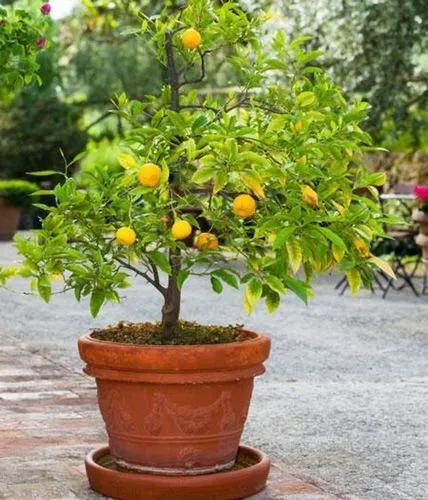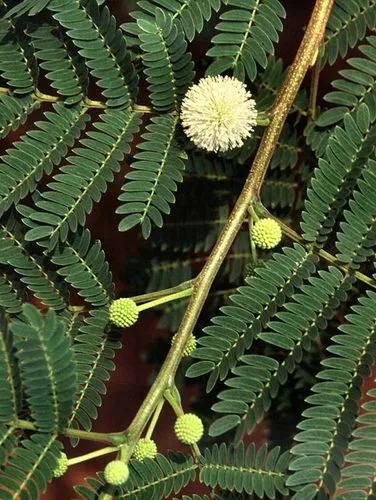Xanthorrhoea johnsonii is endemic to Western Australia and grows naturally in sand, loam or gravelly soils (well-drained soils) in open forest and heath. It is a slow-growing perennial shrub with thick blackened trunks topped by a dense grassy clump of leaves. It takes decades to reach full maturity and can live up to 600 years.These plants are often found growing on slopes or sides of hills. This indicates they like good drainage and will put up with poor rocky soil conditions. Xanthorrhoea johnsonii is a spectacular caudiciform plant whose spent leaf bases create a trunk, similar to that of a cycad. They are typically single trunked specimens that grow up to 4m (13 feet) tall, but rare multi-trunk specimens may occur. Minor changes in their trunk direction are usually caused by new growth after the tree flowers while major bends have been caused by accidents such as another tree falling on to the apex or pushing it over. Usually the tree will attempt to continue growing vertically. Every tree is unique and has years of history reflected in its shape. Xanthorrhoea johnsonii have a trunk that is typically black as a result of bush fires. The trunk is composed of a mass of old leaf bases held together by natural resin which can take 10 years before it begins to form. The centre of the trunk is filled with a fibrous material. During bushfires, the intense heat melts the natural resin in the trunk and this oozes out and solidifies.
Black Boy' Johnson's Grass Tree Care
Xanthorrhoea Johnsonnii



How to Care for the Plant

Water

If the tree is planted into the ground, give it a thorough watering whenever the soil is dry 5cm (2 inch) deep. If there is no rainfall, water the plant about once a week during the summer and about once every 10 days in spring and autumn.If the tree is potted, water moderately allowing the top 5cm (2 inch) of potting mixture to dry out before watering again. Do not stand the pot on a saucer except in hot, dry conditions.

Fertilizer

In good soil no fertiliser will really be needed, however, feed the tree with slow release for Australian natives especially during flowering. Alternatively, feed the plant with diluted seaweed fertiliser to promote good foliage growth. Do not overfertilise the Xanthorrhoea johnsonii. As this species thrives in well drained, aerated soils that have a low nutrient content, it is not considered that Xanthorrhoea johnsonii will require fertilising.

Sunlight

Xanthorrhoea johnsonii prefers full sun but will also tolerate part shade. Choose an open, sunny position for it.

Soil

Xanthorrhoea johnsonii will grow in well-drained soil. These plants do best in a native garden where the level of phosphorous is not raised. Avoid any boggy or low-lying spots that hold water during the wet season. If the soil is not suitable, then raised beds (1m (3 feet) high) filled with a free-draining soil mix will remedy the situation. Build the area up with sandy soil mixed with any medium that will provide bulk without nutrient such as gravel, rock, broken bricks, coarse sand or pebbles.It will grow best in loam or sandy loam.

Temperature

Full Frost Hardy: F (-15°C)

Container

If creating a decorative potted feature with Xanthorrhoea johnsonii, choose a pot that is larger than the current one. Place large rocks, pebbeles, gravel or broken bricks into the bottom of the new pot to maintain good drainage between the two pots. Place the decorative pot on pot feet or similar for additional drainage. If desired, cut the rim of the plant pot away. Place the Xanthorrhoea johnsonii into the decorative pot and complete with a large pebble mulch to add aesthetic appeal.

Popularity

69 people already have this plant 5 people have added this plant to their wishlists
Discover more plants with the list below
Popular articles






